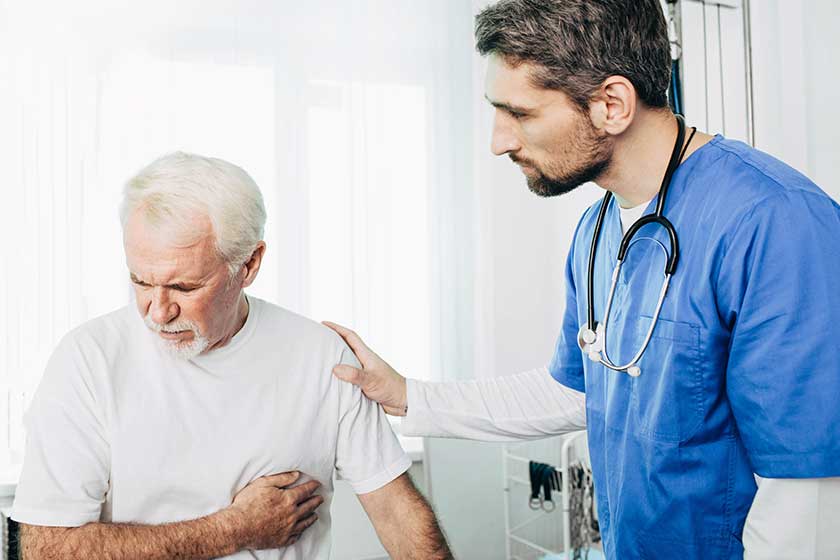During and after a heart attack, the decisions caretakers make is critical. The warning signs may differ from one person to another, which is why team members in an assisted living facility in Chalmette, LA are specially trained to recognize the many different warning signs and respond accordingly.
Common Signs of a Pending Heart Attack
The following warning signs are possible indications of a heart attack:
- Dizziness or nausea: They suddenly become nauseated or dizzy for no apparent reason.
- Harsh or moderate chest pain: This is one of the most common symptoms of a heart attack. The pain might appear in either the center of their chest or to the left and might last for a few moments. It will create the sensation of pressure, squeezing or fullness.
- Discomfort in the upper body: Aside from the chest, one might also feel discomfort in other areas of the upper body, such as the shoulders, jaw, neck, or back.
- Sudden fatigue: Those who sustain a heart attack will often become tired before it occurs.
- Breathing difficulties: If someone suddenly develops a shortness of their breath, this could be a sign of a pending heart attack, especially if accompanied by pain.
How Caretakers Respond During a Heart Attack
Retirement communities are well aware of the risk of residents having a sudden heart attack, which is why their caretakers are trained to respond. Steps they will take to assist those who have a myocardial infarction include:
Calling 911
Community caretakers will immediately call 911 and notify emergency first responders of the situation.
Maintain a calm environment
Community caretakers will ensure that everyone in the environment remains calm, especially the person who is having the heart attack. They will help them sit down so they can relax and rest.
Give them aspirin
Once community team members have alerted the authorities, they may recommend administering aspirin. If they do not, ask them if this will help, as it should soothe the pain.
Perform Cardiopulmonary Resuscitation
Every community team member should be familiar with this procedure and how to provide it. This will be critical in the event that a resident sustains a heart attack and goes unconscious in the midst of it. Only those who are certified should administer it, otherwise you’ll have to wait for someone to arrive who can. If this isn’t possible, an alternative is to employ an external automated defibrillator.
Ongoing Support for Heart Attack Survivors
Once a community resident is taken to the hospital, treated and returned, there are a number of steps caretakers must take to ensure a heart attack doesn’t happen again. This includes consuming a diet which is heart healthy, remaining physically fit by exercising and focusing on their emotional health.
Remember that those who have had one heart attack have a much higher chance of getting another, so they should be carefully monitored to prevent it and given any required medications. They might also need therapy to help them deal with the trauma that they might have sustained during the crisis.







